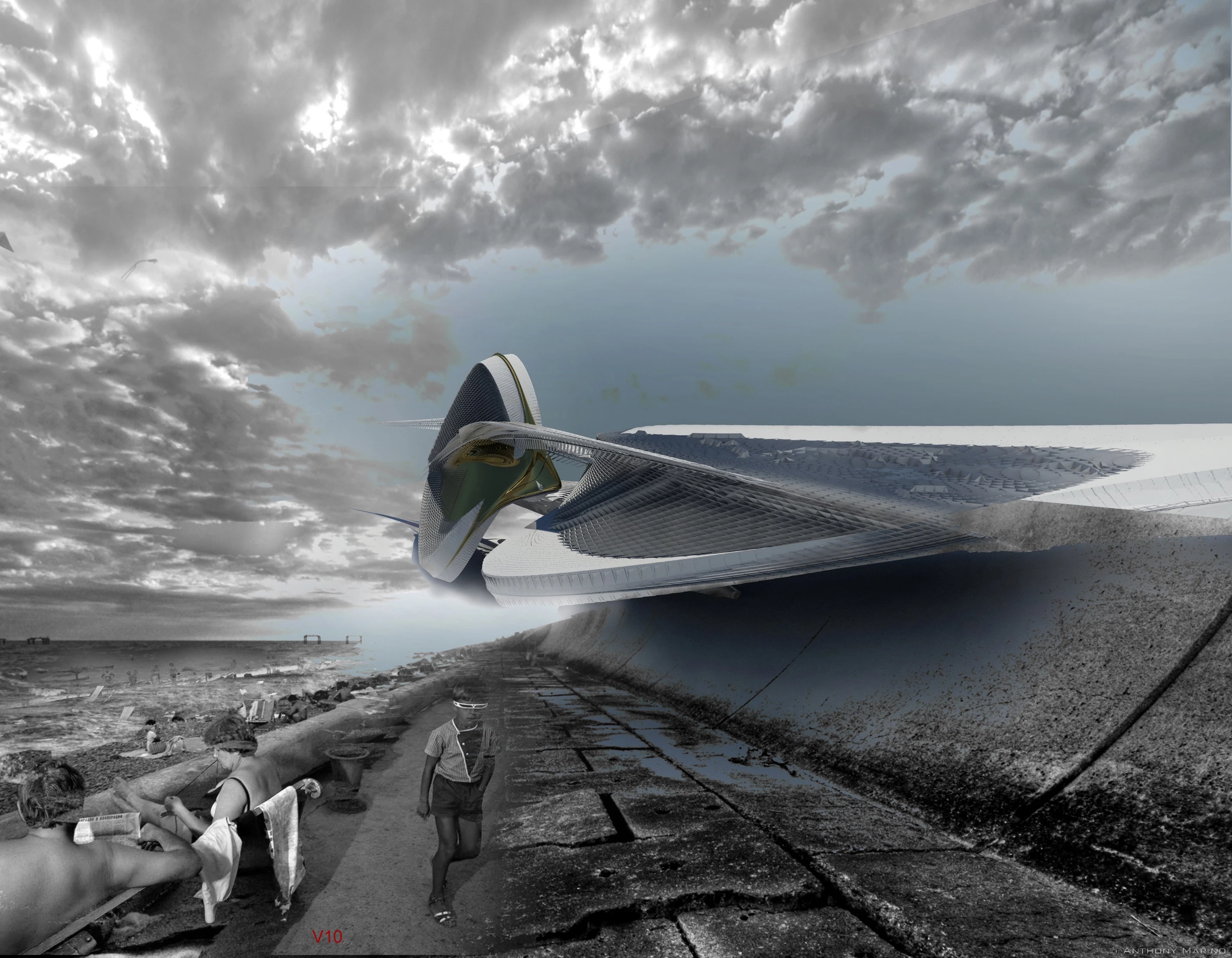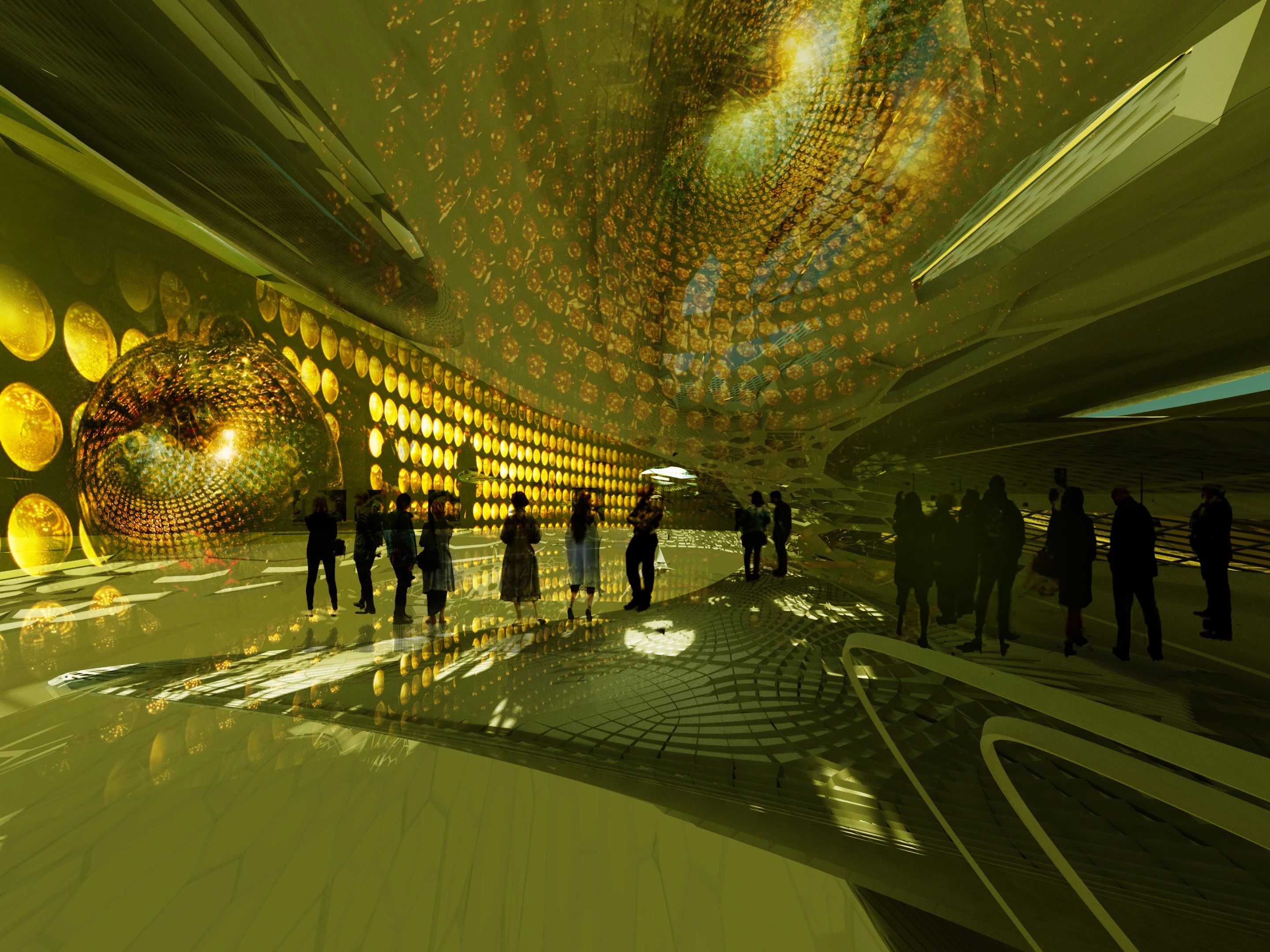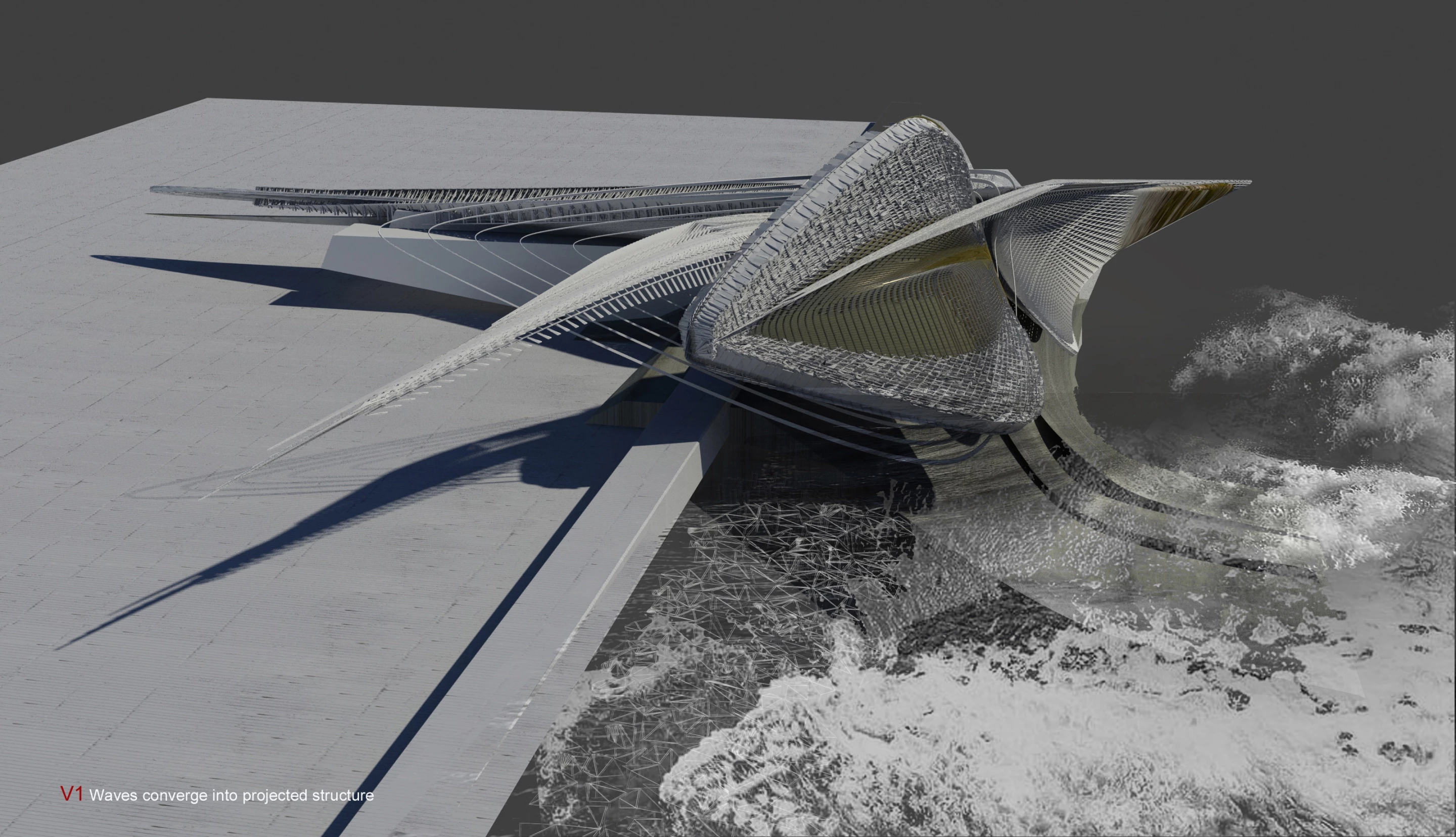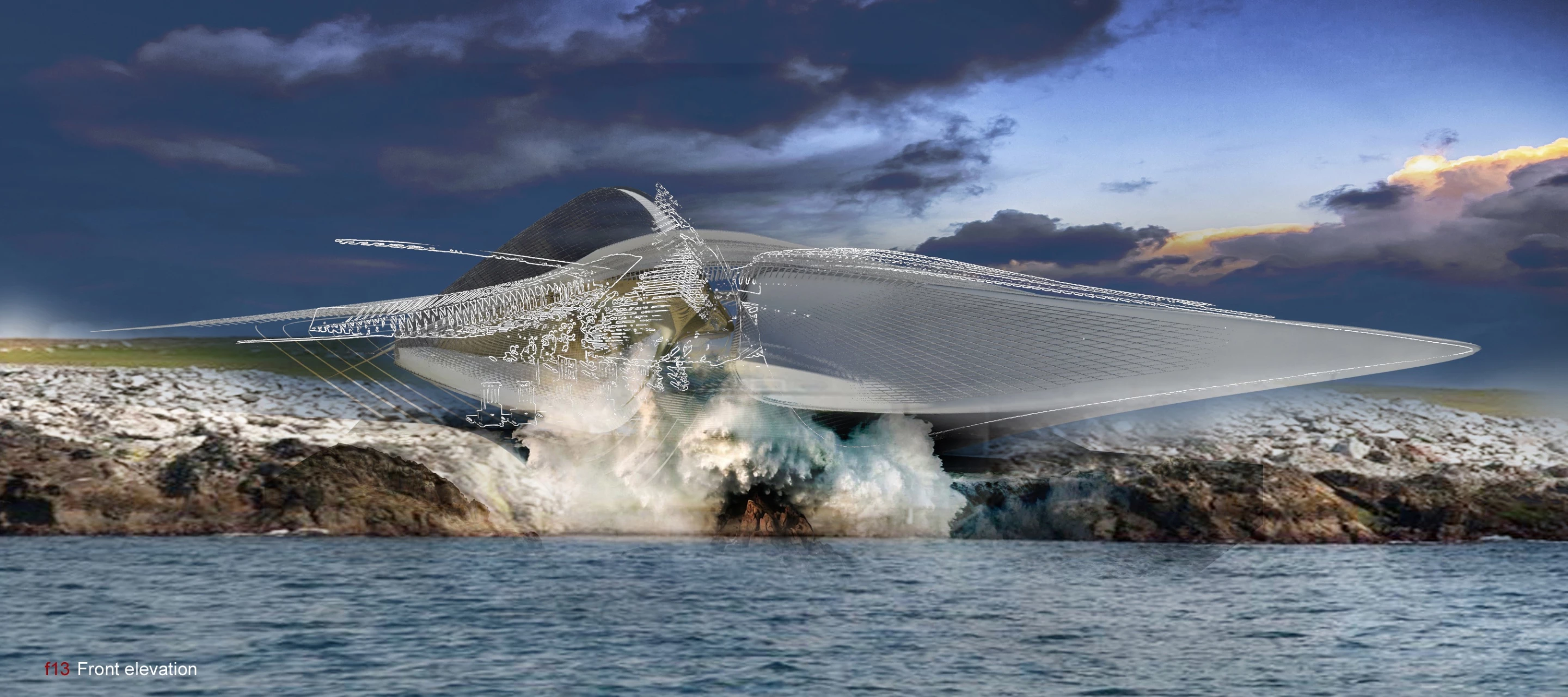Margot Krasojević has unveiled a new conceptual work, and as we've come to expect from the architect, it's thought-provoking, abstract, and ambitious. The proposal envisions a coastal sculpture gallery that uses hydroelectricity to power up to 200 homes.
The sea plays a major part in much of Krasojević's work, such as the Floating movable bridge and Harmonic Turbine Tidal Hotel, for example. This is obviously the case with the Hydroelectric sculpture gallery, though it also draws inspiration from the Russian Constructivism movement.
"Russian Constructivism was inspired by the industrial revolution and factories, reflecting the modern age by representing machine-influenced designs," says Krasojević. "Following a similar intention, this architecture brings together a new type of industrial typology, a synthesis between two extremely different programs working in sync like the crashing waves that sustain it."

The Hydroelectric sculpture gallery is envisioned for the coast of Sochi, Russia, and would jut out into the Black Sea at an angle of 45 degrees. It would be constructed primarily from steel and the actual gallery's design would be inspired by crashing waves and feature two main areas connected by walkways and ramps.
According to Krasojević, as seawater flows into a submerged chamber, airflow pressure would increase, forcing five Wells turbines to rotate. This, along with generators positioned nearby, would enable the building to provide electricity to the grid and power roughly 200 homes and businesses.

That said, the finer details of how this highly conceptual work might theoretically operate are arguably less interesting than Krasojević's approach to sustainable architecture and its place in the environment.
"Preservation of the environment should be embraced using the environment efficiently and working with it to sustain us and itself," adds the architect. "This demands a fine balance between intervention for a purpose and complete merging with the existing, which I find rather empty architecturally. I do not believe we need to be too cautious with the environment by making minimal design interventions. We need to understand the environment, and though it can certainly be hostile, we must build to exist with it and not to be subservient to it or destroy its nature."
Source: Margot Krasojević Architecture















